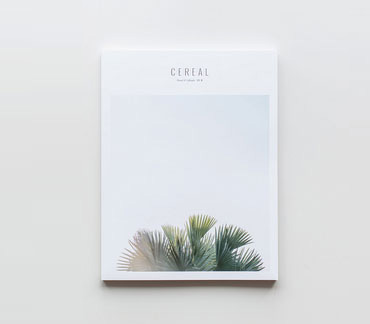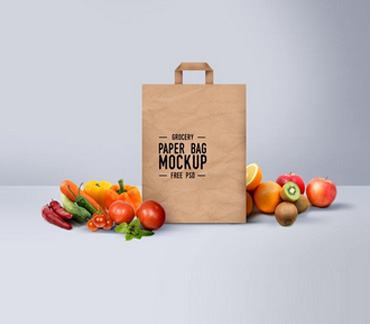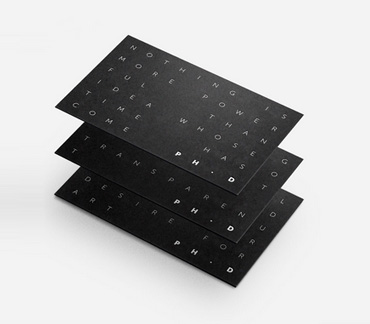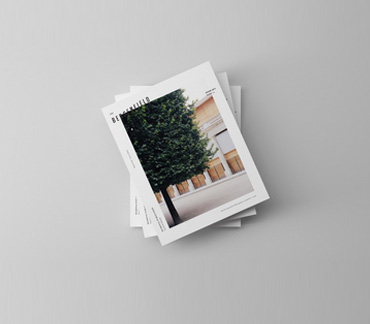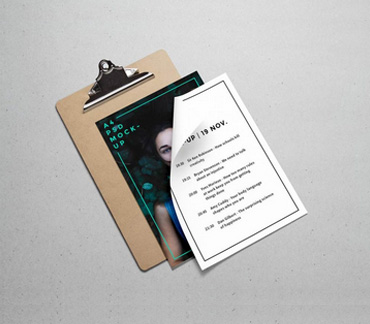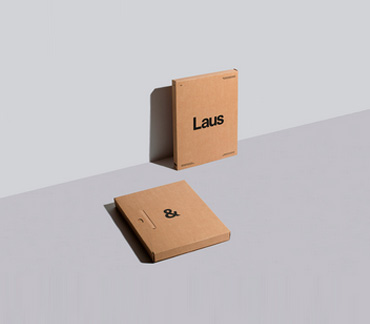Steps to Design a Banner
Steps for Designing a Banner: A Designer’s Guide
Designing a banner might seem straightforward, but there’s more to it than just putting text and images together. A well-designed banner grabs attention, communicates a message clearly, and leaves a lasting impression. Whether it’s for an event, a website, or advertising, here’s how I approach banner design step by step.
1. Understand the Purpose of the Banner
The first step is to know why the banner is being created. Is it for an online ad, a trade show, or a storefront? The purpose will determine the size, style, and content. For example:
- Event Banners: Usually large and need bold, readable text from a distance.
- Web Banners: Smaller and optimized for screens with concise messaging.
- Promotional Banners: Eye-catching visuals to attract attention to sales or offers.
Take a moment to understand the target audience and the message the banner needs to convey.
2. Choose the Right Dimensions
Every banner has a specific size requirement depending on its use. For example:
- Web banners: 728×90 pixels (leaderboard) or 300×250 pixels (medium rectangle).
- Print banners: Sizes can vary, but common ones include 6×2 feet or 8×3 feet.
Check with the client or platform for exact dimensions and ensure you include bleed areas if the banner will be printed.
3. Decide on a Clear Message
Keep the message simple and impactful. A banner doesn’t have the space for long paragraphs. Think of one main takeaway you want the audience to have. For example:
- A sale banner might say: “50% OFF – Limited Time Only!”
- An event banner could highlight: “Join Us on June 10th!”
Use a hierarchy of text, with the most important message (headline) in bold, large fonts and secondary details in smaller sizes.
4. Select a Color Scheme
The colors you use should align with the brand or the purpose of the banner. For example:
- Bright and bold colors work well for promotions and sales.
- Subtle, professional tones are better for corporate events.
- Contrast is key: Make sure the text stands out against the background.
A good rule of thumb is to stick to 2-3 primary colors to keep the design clean and cohesive.
5. Use High-Quality Images and Graphics
If the banner includes photos, make sure they’re high resolution, especially for print banners. Pixelated images can ruin the entire design. For illustrations or icons, use vector files to maintain quality at any size.
For stock images or graphics, choose ones that feel relevant and authentic rather than generic.
6. Pick the Right Fonts
Typography can make or break a design. Use fonts that are easy to read and appropriate for the purpose. For example:
- Sans-serif fonts like Arial or Helvetica are clean and modern.
- Serif fonts like Times New Roman add a touch of elegance.
- Avoid overly decorative fonts unless they fit the theme.
Limit yourself to 2-3 font styles to avoid clutter.
7. Create a Layout with Balance
Design the banner in a way that guides the viewer’s eye naturally. Start with the headline, then lead them to supporting text or a call-to-action (CTA). Use grids and alignment tools to keep elements balanced and organized.
8. Add a Strong Call-to-Action (CTA)
Every banner should encourage the viewer to do something. Examples include:
- “Shop Now”
- “Learn More”
- “Register Today”
Make the CTA bold, clear, and easy to spot.
9. Test for Readability
Step back and look at the banner from a distance or at a reduced size. Can you read the message clearly? If it’s an online banner, check how it looks on different screen sizes. For print banners, think about how it will appear from different angles or distances.
10. Save and Export in the Right Format
Before finalizing, ensure the banner is saved in the correct file format:
- For web banners, export as PNG or JPEG at 72 DPI.
- For print banners, use PDF or TIFF at 300 DPI with CMYK color mode.
- Always include bleed areas and crop marks for print-ready files.
Final Thoughts
Designing a banner is about striking the perfect balance between visuals, text, and functionality. Always remember the golden rule: simplicity is key. The goal is to grab attention and communicate a message quickly. With these steps, you’ll create a banner that not only looks great but also delivers results.
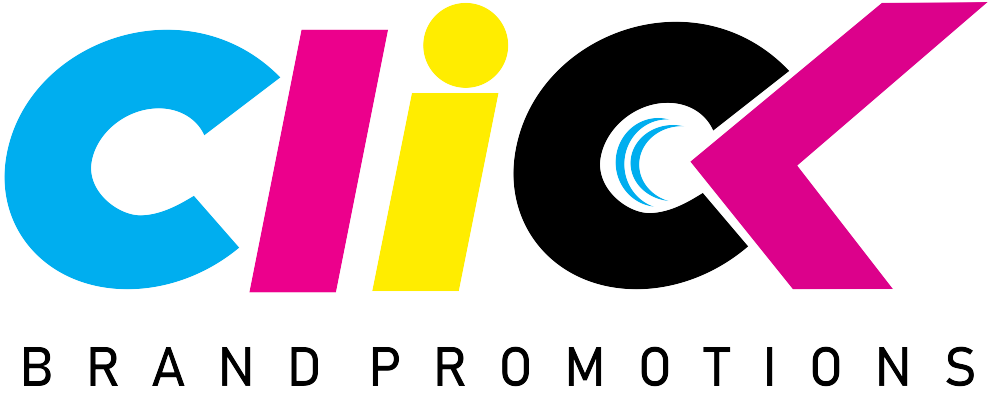
 Next Post
Next Post